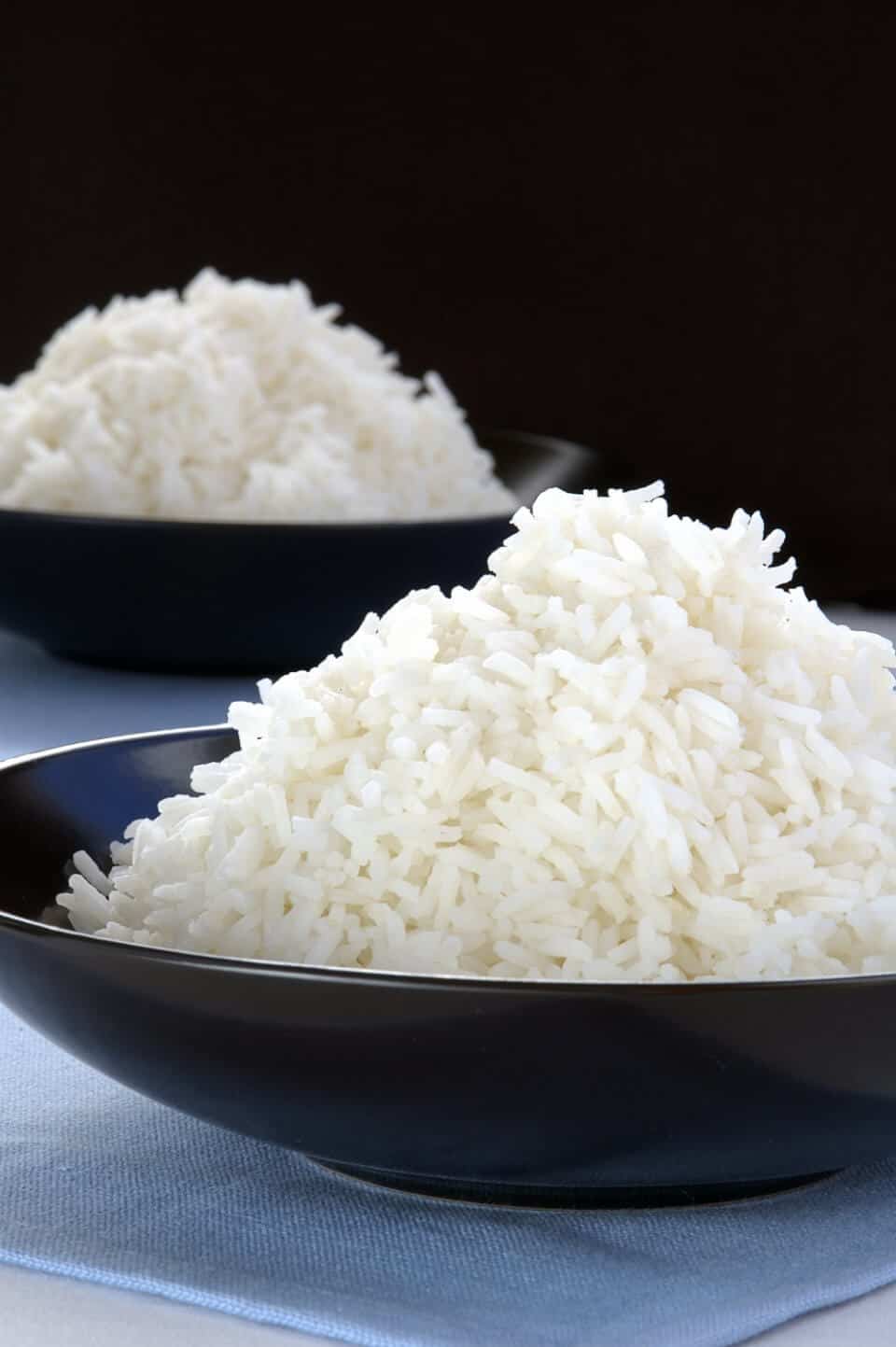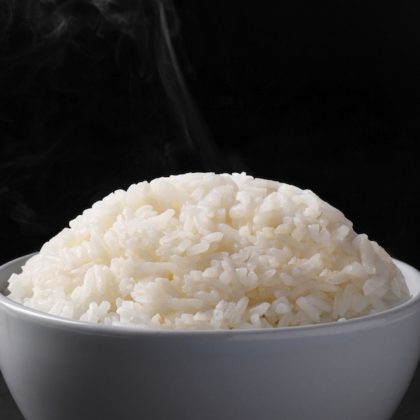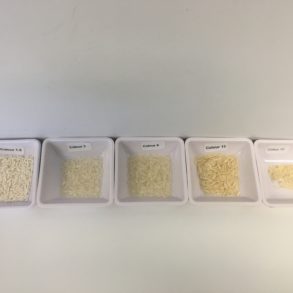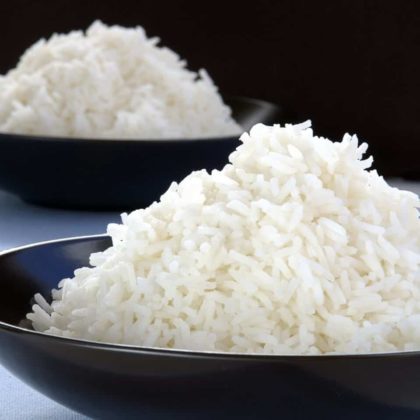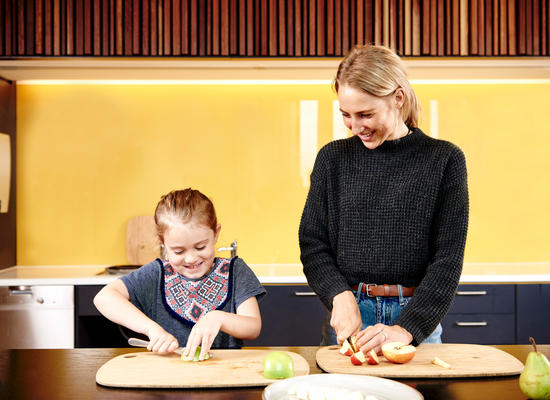Understanding the extent a single attribute affects overall liking can assist companies determine specific changes to increase liking of a product.
Overview
Aromatic rice contains a key compound (2-Acetyl-1-Pyrroline (2-AP)) that associates with perceived quality of rice. Our client wanted to determine the perception and attitudes of sophisticated rice consumers and determine the concentration of 2-AP in their rice compared to competitor grown rices on a sensory level and maximise the retention of 2-AP during processing.
Approach
Our approached utilised a traditional, but robust consumer study. CASS recruited n=160 sophisticated rice consumers. Consumers attended the CASS Sensory Laboratory located in Burwood and completed the study in isolated booths with standardised methodology to minimise variables.
